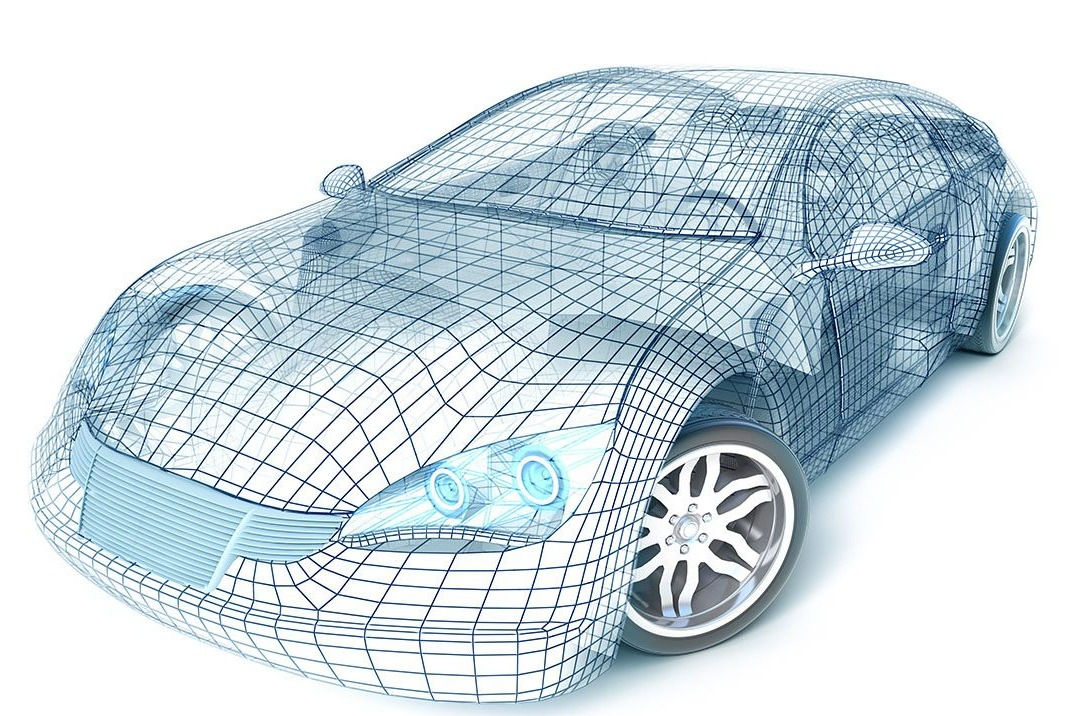
High speed metal grinding of 6061-T6 aluminum alloy [1]
-
Collaboration with Industrial Technology Research Institute (ITRI)
-
Numerical modeling [in]
-
Material law: Johnson-Cook model
-
Material failure: bond-failure model
-
Numerical method: Smoothed Particle Galerkin (SPG)
-
-
Validation
-
Reaction force on the grinding tool
-
Pattern of debris
-




The prediction of grinding/milling forces is critical to performance of CAD/CAM systems in modern machining design and process. Figures below compare the reaction forces recorded in the test and the numerical analysis. SPG results match the test data very well. In contrast, the FEM solutions using the element erosion technique underestimates the reaction forces since the process of element erosion leads to the loss of mass and momentum. As a result, the reaction forces obtained from the FEM with element erosion technique cannot be built up in this metal grinding simulation.


SPG with bond-failure model FEM with erosion (JC damage model)
The numerical tests also revealed that the reaction forces of SPG are not sensitive to the critical effective plastic strain (between 0.2 and 0.4) and regularization parameters in grinding simulation. This is probably because the reaction forces in metal grinding are governed by the non-damage part and the rate dependent effect of the Johnson–Cook material model in the dynamic problems. SPG result shows some chunk of particles flying away from the workpiece, which is consistent with the test.
Insensitive to bond-failure criteria

15hrs by 48CPUs


